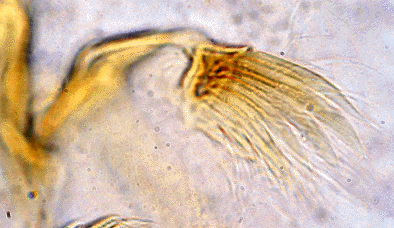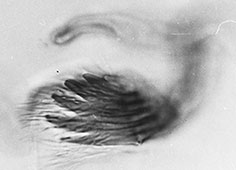
Premandible types;
Assessment of the premandible can be difficult due to quite excessive wear and distortion in mounting. Where they are in good condition and lying flat, they can be categorised into 5 groups based on the relative widths of the teeth and whether they come to a sharp or a broad point. The teeth are measured as close as possible to their bases.
Type A: Both teeth narrow and coming to a fine point.

Type B: inner tooth moderately broad, about 3-5 times wider than, outer tooth. This can be split into 2 subgroups:
B1 - both teeth come to relatively fine points.
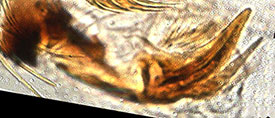
B2 - the inner tooth comes to a relatively broad point.

Type C: Both teeth are moderately broad, coming to relatively broad points.
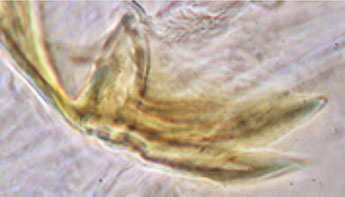
Type D: Inner tooth very broad, outer tooth moderately broad.
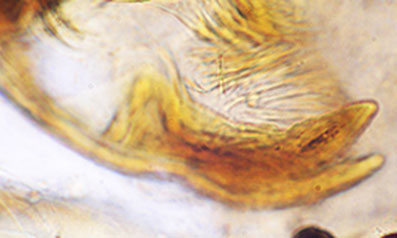
Type E: Both teeth very broad and often quite short.
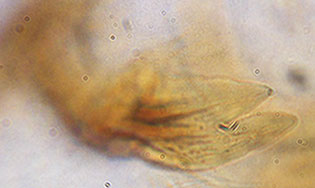
C. javanus has a five toothed premandible.
